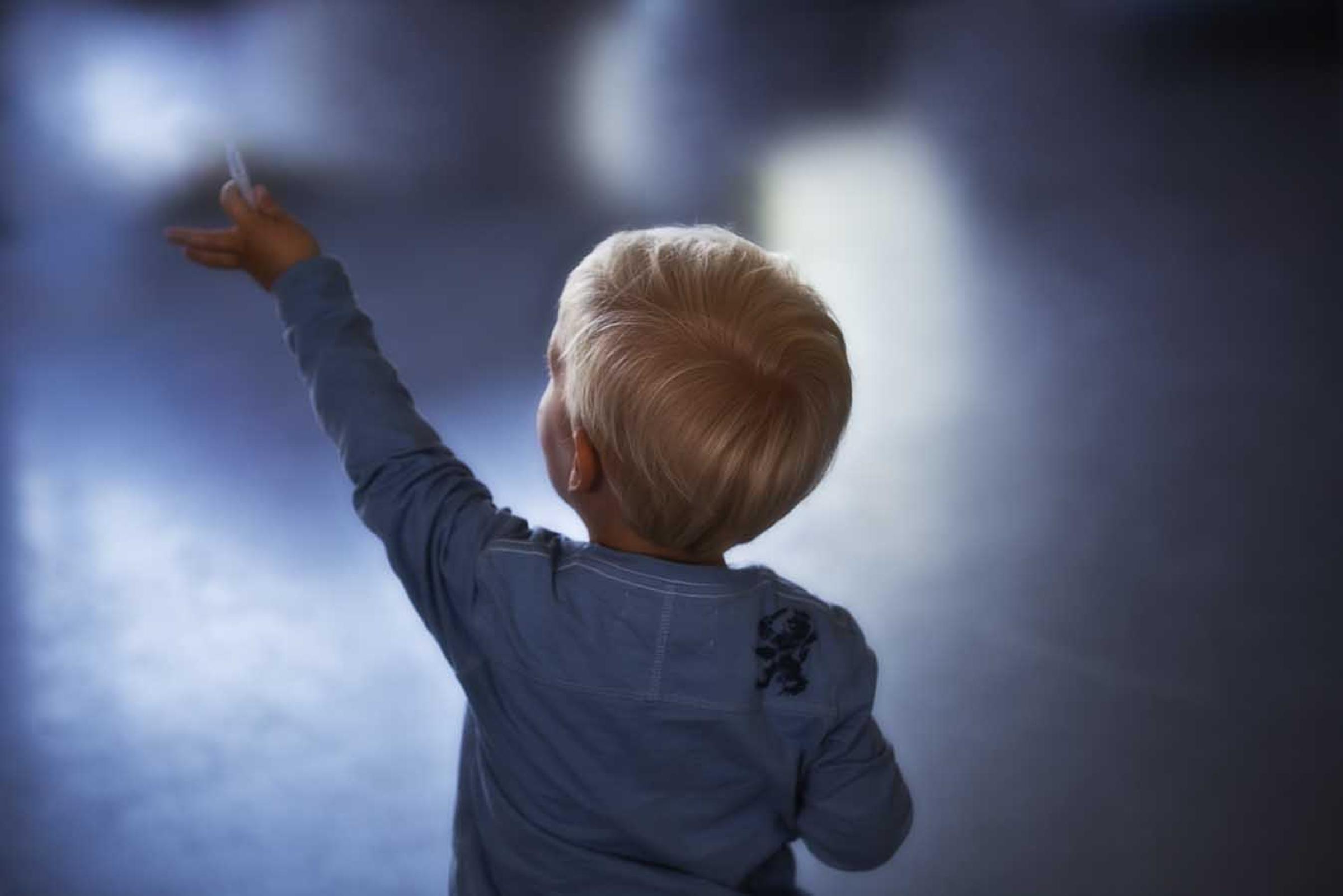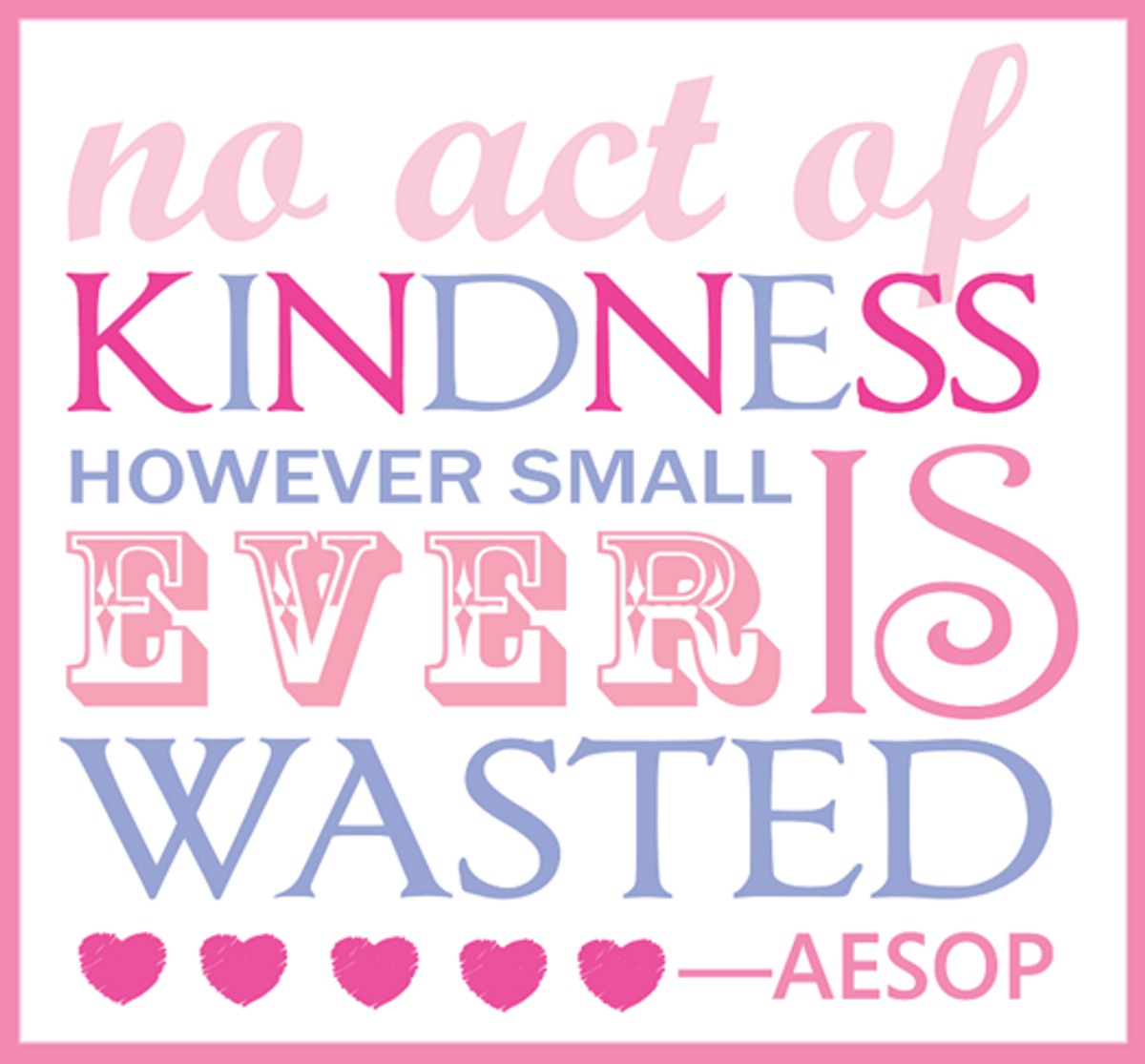Wellbeing

SFS Twilight Market and Art show
We are eagerly anticipating our annual SFS Twilight Community market and Art Show which will be held on Thursday 3rd November from 5pm until 8pm.
There are a variety of stalls booked in including clothing, homewares, jewellery and some delicious food trucks. We are still looking for more stallholders particularly from our SFS school community. Get together with your family and come up with an idea of something you could make and sell at the market.
For all enquiries or for an expression of interest form, please contact rlenko@sfslynbrook.catholic.edu.au
New Child Safe Standards
At SFS, Child safety is at the forefront of our mind and we have standards in pace to ensure that ensure we are a Child safe school.
There are new child safe standards that will come into effect on July 1st 2022. The aims of these 11 standards are to:
- promote the safety of all children
- prevent child abuse
- ensure effective processes are in place to respond to and report all allegations of child abuse.
Child Safe Standard 3 – Children and young people are empowered about their rights, participate in decisions affecting them and are taken seriously
In complying with Child Safe Standard 3, an organisation must, at a minimum, ensure:
3.1 Children and young people are informed about all of their rights, including to safety, information and participation.
3.2 The importance of friendships is recognised and support from peers is encouraged, to help children and young people feel safe and be less isolated.
3.3 Where relevant to the setting or context, children and young people are offered access to sexual abuse prevention programs and to relevant related information in an age appropriate way.
3.4 Staff and volunteers are attuned to signs of harm and facilitate child-friendly ways for children and young people to express their views, participate in decision-making and raise their concerns.
3.5 Organisations have strategies in place to develop a culture that facilitates participation and is responsive to the input of children and young people.
3.6 Organisations provide opportunities for children and young people to participate and are responsive to their contributions, thereby strengthening confidence and engagement.
Emotional Literacy
Emotional literacy is our ability to express our emotions and feelings with others. It is a crucial skill for us all to have to effectively communicate with one another. The following article is taken from the Happy Families website by Dr Justin Coulson, leading parent expert.
“We all want our children to become emotionally intelligent, but many parents have told me that they freeze when it comes to emotion coaching their kids. They feel like they don’t know how to regulate their own emotions, let alone someone else's!
This overwhelm is completely understandable, particularly when you look at the resources (or lack of resources) available to OUR parents when they were raising us.
The truth is that as parents now, our generation has a little bit of catching up to do.
The first step to coaching yourself through your emotions is to recognise that you’re actually experiencing an emotion. Right there in the moment.
At this point it doesn't really matter HOW you identify your emotion. You just need to be able to say "Hi emotion. I see you there."
Here's 5 ways to help identify your feelings
.01 Pay attention to your body
"I just felt my stomach drop"
"My chest feels tight"
"My legs are tingling"
Gently press your hands against the part ofyour body where you’re feeling the emotion.
.02 Say it out loud
"I’m feeling a sense of loss"
"This situation is making me uncomfortable. I can feel myself pulling away."
"I am getting angry!"
Sometimes our emotions can be so overwhelming that we’re not able to find the exact words. Brené Brown suggests placing your hand on your forehead and saying aloud "Pain, Pain, Pain, Pain". It’s simple, but surprisingly effective at increasing your self awareness, and reconnecting your mind with your body.
.03 Write it down... by hand!
Journaling helps you recognise, prioritise, organise and discover your emotions and thoughts. Putting pen to paper is a powerful way of processing.A 2017 study in the journal Frontiers in Psychology found that brain regions associated with learning are more active when people completed a task by hand, as opposed to on a keyboard. So if you’re trying to get your prefrontal cortex back online, handwriting is the way to do it.
.04 Use a tool
There are tonnes of visual aids available that help with emotion recognition. Print out a mood meter or emotion wheel and stick it in a heavy traffic area of your house.There’s also a bucket load of free apps for your phone that can help you find the words you need to label your feelings or track your mood over time.
.05 Pick a colour!
What colour best represents the emotion you’re feeling right now?Identifying with a colour can be less confronting, and even more descriptive than saying "I’m sad" or "I’m anxious".
If it floats your boat, try going beyond ROYGBV. There are thousands of colour names (and websites that can help you learn them).
Geraldine? Sunglow? Pelorous?
Finding the nuanced colour that perfectly encapsulates how you feel can be strangely validating!
Positive Behaviours for Learning
We are so excited to be launching Positive Behaviours for Learning (PBL) with the students and school community in Term 3.
The children talked about what PBL is in class this week and we announced our 3 school wide expectations as voted by the staff, parents and children.
RESPECT
RESPONSIBILITY and
KINDNESS
We are now in the process of developing a matrix of social skills we would like to teach the children in different areas of our school for each one of those expectations, e.g. What does respect look like in the learning space?
More information to come about our launch day early in term 3. The children started working on a design of some mascots or a graphic image to represent our 3 school wide expectations. All family and friends can help the students add to their design.
The children have until the end of the first week back to return their designs. The winners will be announced on the launch date.
Stay tuned for more information……
If you have any concerns about the wellbeing of your child, please do not hesitate to contact me.
rlenko@sfslynbrook.catholic.edu.au
I would like to take this opportunity to wish you all a happy, healthy and safe Term 2 holiday break. See you all in Term 3!
Rachel Lenko
Student Wellbeing Leader
Positive Quote of the Day



